Verbio: bio-energy technology review?
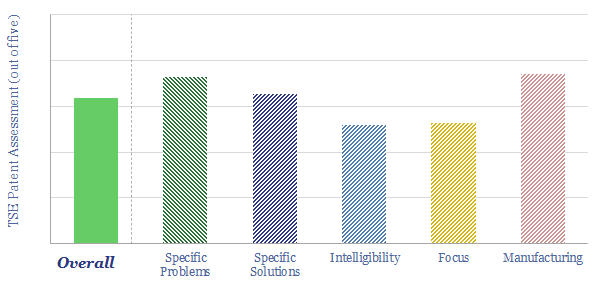
…CO2/energy use than gasoline, and perhaps as much as 50% lower than US corn ethanol using hot mash processes. The patents explain how this is being achieved, including by combining…

…CO2/energy use than gasoline, and perhaps as much as 50% lower than US corn ethanol using hot mash processes. The patents explain how this is being achieved, including by combining…
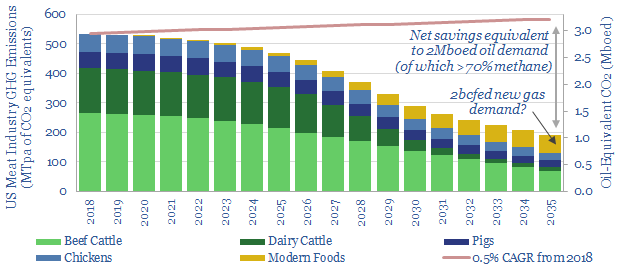
…that some of the liberated land could be diverted into producing biofuels: Let us assume 250M acres can be devoted to growing corn, at a yield of c120 bushels per…
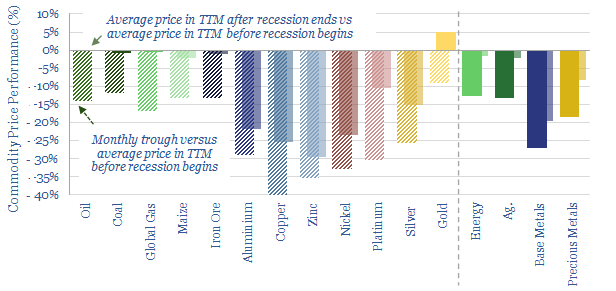
…in recessions? Commodities assessed in the data-file include oil, natural gas, coal, corn, iron ore (precursor to steel), aluminium, copper, zinc, nickel, platinum, silver and gold. Recessions assessed in the…
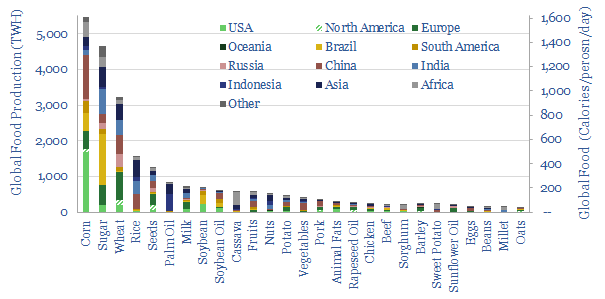
…food output is 10bn tons per year, in tonnage terms, of which around 1GTpa comprises corn, vegetables, sugar products, milk, wheat, fruits and rice; while smaller categories include 360MTpa of…
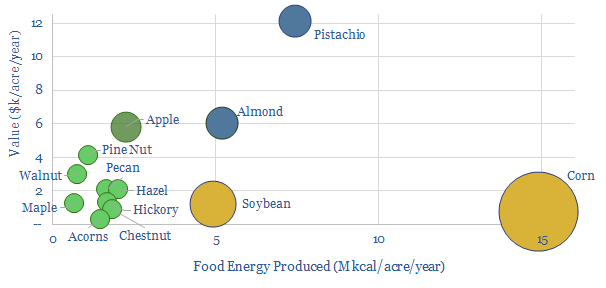
This data-file compiles the estimated calorific and financial yields of tree crops versus conventional crops such as corn and soybean. There is strong economic potential to produce food while absorbing…
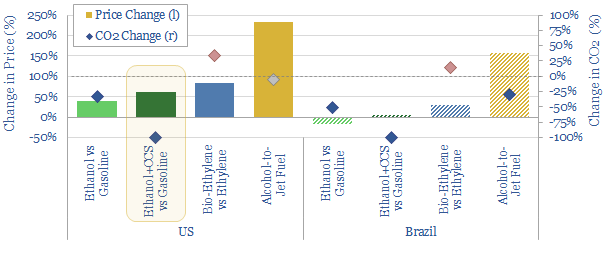
Could new technologies reinvigorate corn-based ethanol? This 12-page note assesses three options. We are constructive on combining CCS or CO2-EOR with an ethanol plant, which yields a carbon-negative fuel. But…
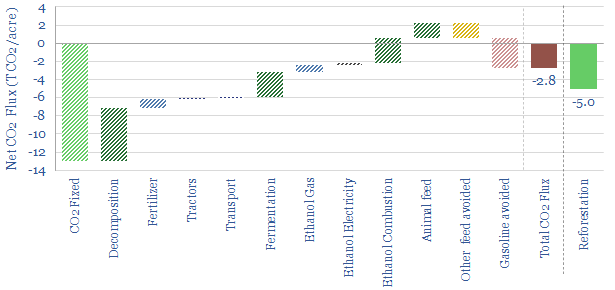
30M acres of US croplands are used to grow corn for ethanol. Each acre prevents 2-3 tons of CO2 emissions per annum, for a CO2 abatement cost of $200/ton. However,…
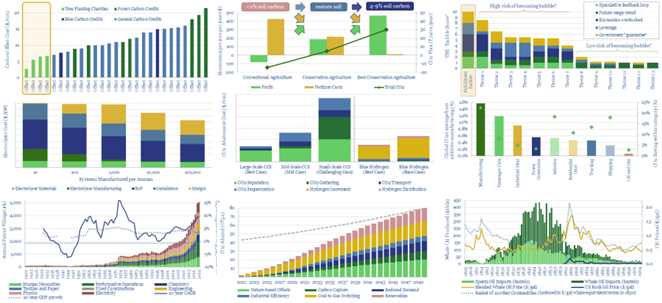
…offset another 3-15GTpa of CO2. With a $30/ton CO2 price, mid-Western farmers could make more money farming carbon than corn. The theme would also disrupt the global fertilizer industry. https://thundersaidenergy.com/2020/05/01/conservation-agriculture-farming-carbon-into-soils/…
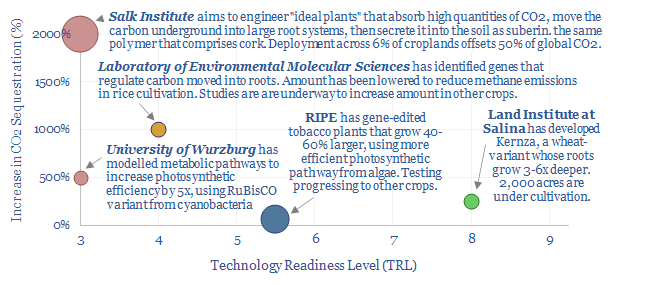
…is there yet. Salk received a $35M grant in 2019, to accelerate its work, but prototype crop variants (corn, soybean, rice) are still not foreseen for five years. More pessimistically,…
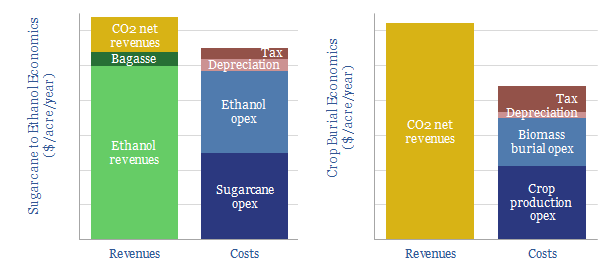
Greater decarbonization at a lower cost is achievable by burying biomass (such as corn or sugarcane) rather than converting it into bio-ethanol. This model captures the economics. Detailed costs are…